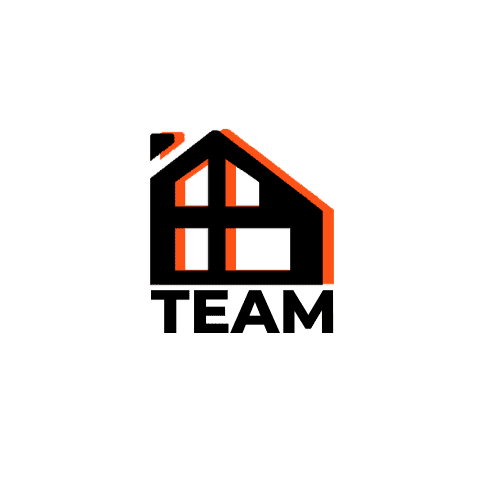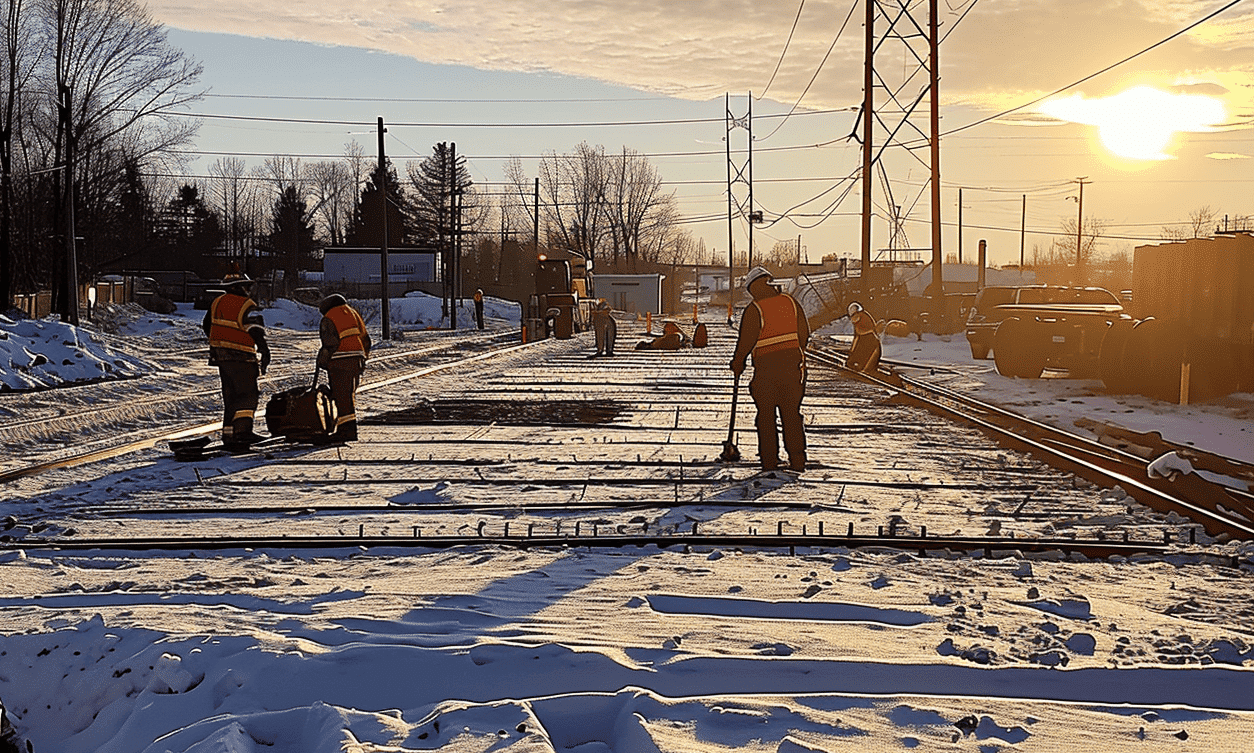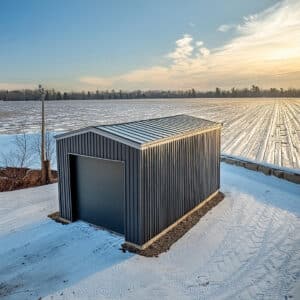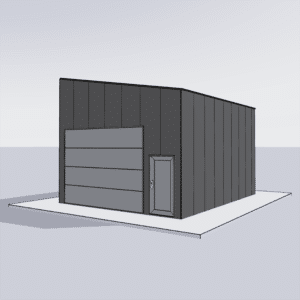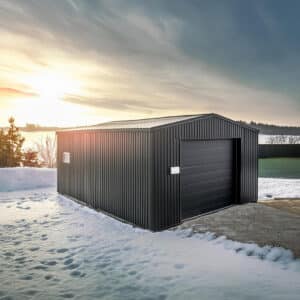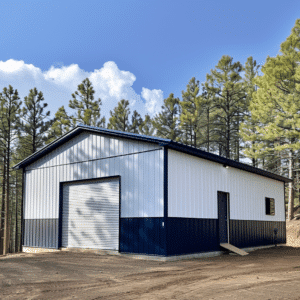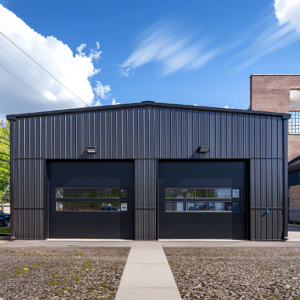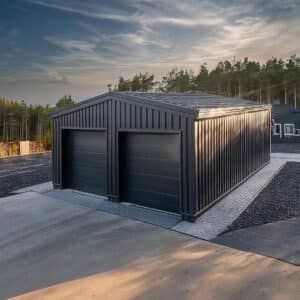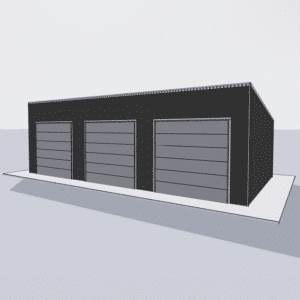In the realm of steel construction, fire safety is a paramount concern. Imagine your steel building igniting the imagination with its robust structure while simultaneously sparking a cause for concern if fire safety isn’t properly addressed. Just as steel stands firm against natural elements, adopting the mantra “Fire Safety First for Fireproofing Your Steel Building” acts as your shield against fire threats. This guide delves deep into best practices, unraveling mysteries to keep your steel sanctuaries safe.
Understanding Fire Safety for Steel Buildings
Steel buildings are lauded for their durability, yet they’re not exempt from fire hazards. While steel doesn’t ignite, high temperatures can compromise its strength, leading to potential structural failure. In an environment where every second counts, how do you safeguard your steel assets? The answer lies in meticulous planning and the incorporation of comprehensive fireproofing techniques.
Fireproofing isn’t just a precaution—it’s a proactive strategy rooted in the knowledge of NASA Standard for Fire Protection and Life Safety, which underscores the importance of structural integrity even under extreme conditions. This standard offers valuable insights to tailor your fireproofing strategies effectively.
Essential Fireproofing Practices
1. **Fire-Resistant Materials:** Integrate materials like gypsum boards or fire-retardant coatings that enhance the fire resistance of steel structures. Employing these materials helps to minimize heat transfer to the steel and prolong its structural integrity during a fire.
2. **Automatic Sprinkler Systems:** These systems are vital in detecting and suppressing fires early. Their automatic activation can significantly reduce potential damage, ensuring the safety of occupants and preserving property.
3. **Compartmentalization:** Divide the building into multiple fire-resistant compartments. This limits fire spread, allowing more time for evacuation and firefighting efforts.
4. **Fire Detection and Alarm Systems:** Quick detection via smoke and heat detectors is crucial for prompt emergency response. Alarming systems facilitate timely evacuation, safeguarding lives.
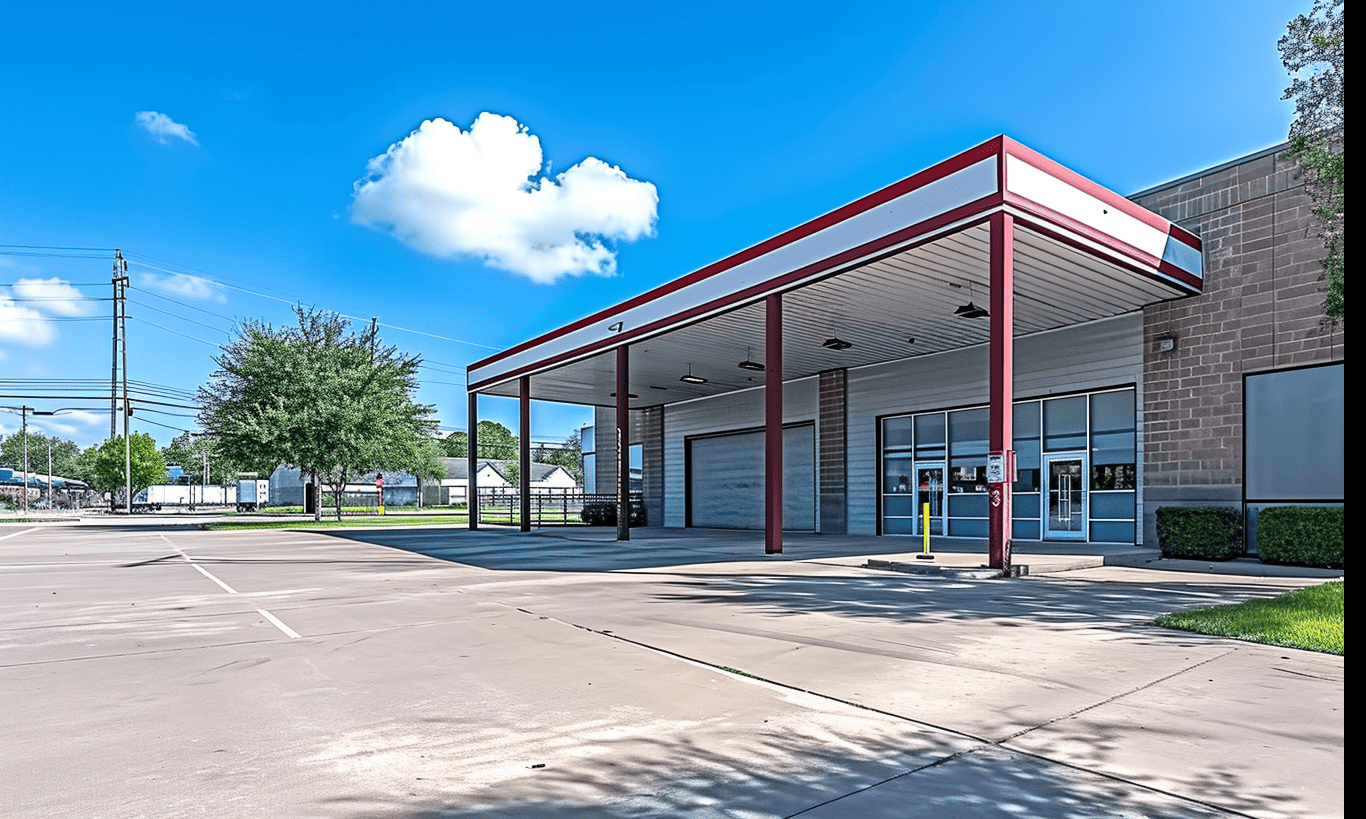
Navigating Building Codes for Compliance
A critical aspect of fire safety is ensuring compliance with local building codes. By understanding these regulations, you lay the groundwork for safety and legal adherence. This necessitates a close look at Navigating Building Codes to Steel Structure Compliance, which provides an in-depth view of regional codes and compliance strategies.
Building codes specify requirements for fire resistance, including fireproofing elements, exit plans, and load-bearing capabilities. Ensure that your building’s design incorporates these codes from inception, and conduct regular inspections to maintain compliance over time.
The Role of Regular Maintenance and Inspections
1. **Routine Inspections:** Regularly inspect fireproofing measures to ensure they’re in optimal condition. This involves checking fire-resistant coatings, sprinklers, and detection systems.
2. **Maintenance of Fire Safety Systems:** Ensure that all fire safety systems are in working order. Schedule maintenance checks for alarms and sprinklers, and replace any faulty systems immediately.
3. **Fire Drills and Training:** Conduct frequent fire drills and provide training on emergency procedures for all building occupants. Knowledge is power—equip individuals to respond effectively in emergencies.
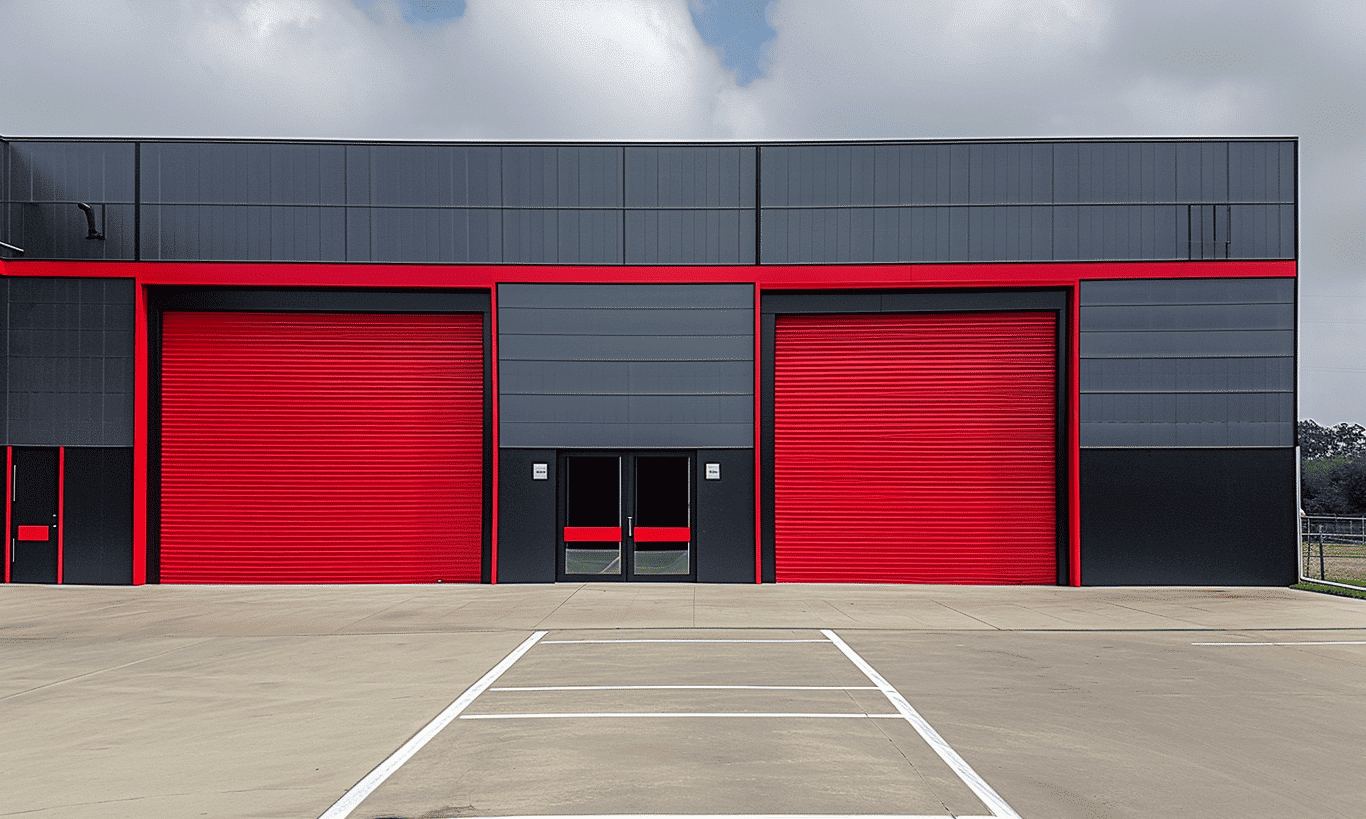
Advanced Techniques for Enhancing Fire Safety
Incorporating advanced fireproofing techniques further secures your structure against fire threats. These include:
Intumescent Coatings
This innovative coating expands when exposed to heat, forming an insulating layer that shields steel from high temperatures. It’s an effective solution for maintaining the structural integrity of exposed steel beams.
Passive Smoke Ventilation
Installing smoke vents allows smoke to escape, reducing the spread and intensity of fires. Passive smoke ventilation is integral in buildings with large open areas, mitigating smoke hazards.
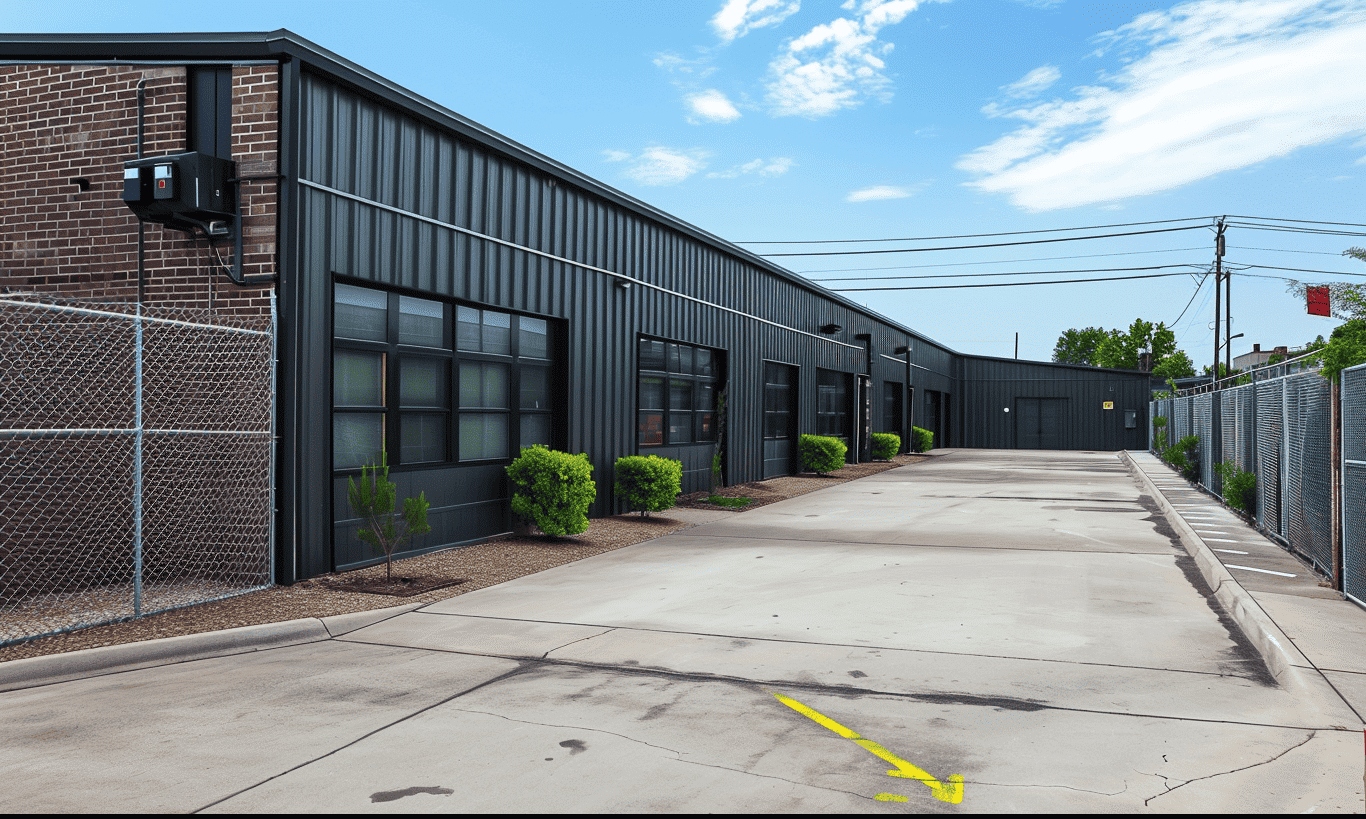
Tackling the Unknown: Addressing Common Misconceptions
Sometimes the enemy isn’t the fire itself but misconceptions surrounding fire safety. Misconceptions can create a false sense of security, leading to inadequate fireproofing measures. Key among these is the belief that steel is entirely fireproof—a myth debunked by numerous structural failures due to unchecked fires.
To counter this, explore true Durability & Safety for Steel Buildings, which educates on realistic expectations and necessary precautions for steel structures.
Conclusion: Embrace Fire Safety as a Foremost Priority
Fire safety, when prioritized correctly, transforms steel buildings from mere structures to bastions of resilience. Implementing the principles outlined in this guide not only protects physical assets but also underscores a commitment to occupant safety and community responsibility.
As you stand back, gazing up at your steel marvel, know that it stands not merely because of its material but due to your foresight in making “Fire Safety First for Fireproofing Your Steel Building.” For additional guidance on precautions and best practices, refer to Steel Building Safety FAQs and Steel construction safety guidelines.
